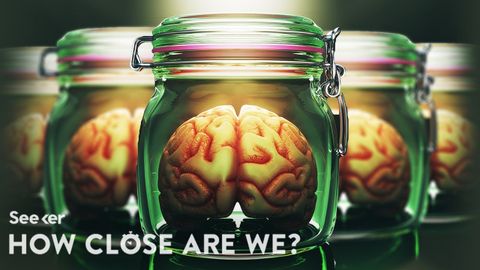How Close Are We to Farming Human Body Parts?
joey joey が 2021 年 04 月 16 日 に投稿  この条件に一致する単語はありません
この条件に一致する単語はありませんUS /ˈpɪriəd/
・
UK /ˈpɪəriəd/
- n. (c./u.)期間 : 時代;強調;終止符;生理;授業時間 : 時限
US /ˈstrʌk.tʃɚ/
・
UK /ˈstrʌk.tʃə/
- n. (c./u.)構造;建物
- v.t.組み立てる;組織する
- adj.確かな;固形物;頑丈につくられた;隙間がない;固形物の
- n.固体
- v.t./i.掻く;引っ掻き傷をつける;取り消す
- n.引っ掻くこと;引っ掻き傷;最初
エネルギーを使用
すべての単語を解除
発音・解説・フィルター機能を解除

